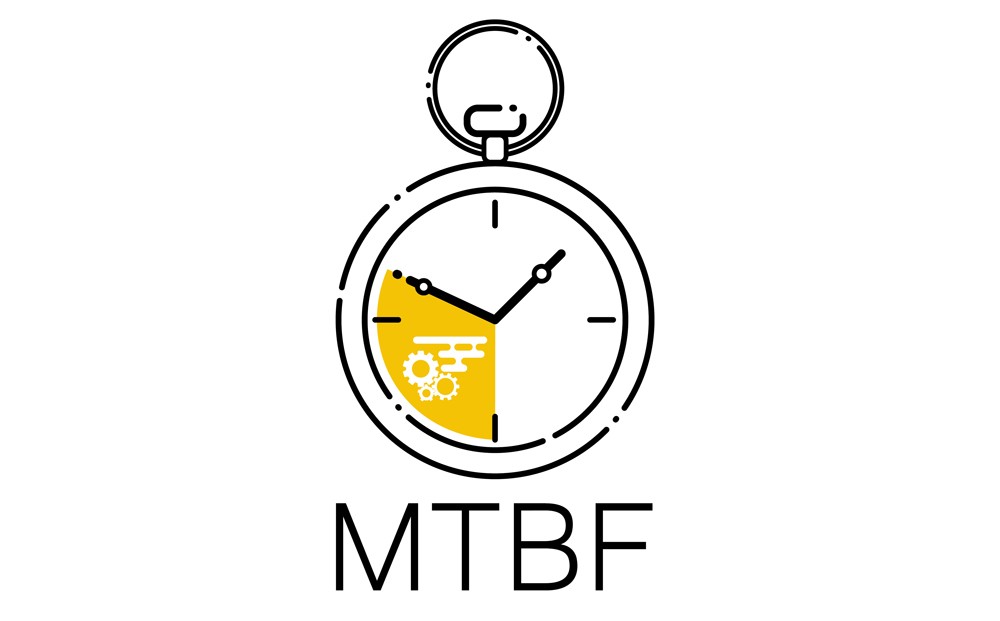Mean Time Between Failures: What it Is and What it Isn’t

Mean time between failures (MTBF) is a useful metric every manufacturing repair professional is familiar with — but that doesn’t mean they’re using it right. In fact, MTBF is one of the most commonly misapplied metrics in the manufacturing world. There’s often a gap between proper calculation and improper application, leading to misaligned expectations about machinery function and performance. Understanding the fundamental meaning of MTBF is key in applying it correctly.
Focus on MTBF
Mean time between failures is a metric for understanding the failure rates and cycles of machines or equipment. In simpler terms, MTBF shows how long a piece of machinery can be expected to operate without interruption. It’s often used to coordinate maintenance schedules and determine parts inventories, and it’s especially important for proactive and preventive maintenance approaches.
Additionally, MTBF is used in calculating machine reliability. Reliability is the expectation that, under reasonable load, the machine will do what it’s supposed to do for a predetermined amount of time. Availability is important to consider as well. It’s not in direct correlation to MTBF but is determined by the reliability of the machine.
The confusion about what MTBF is and isn’t used for generally stems from confusion between reliability and availability.
Examples of MTBF and its depiction
MTBF is calculated as total machine uptime divided by the number of breakdowns over a specified period. An example would be:
A lathe machine operates 12 hours per day and breaks down after operating normally for 6 days in a row. The MTBF for this lathe is 72 hours.
MBTF becomes a more complex calculation as breakdowns occur. Different uptimes factored into the equation can dramatically change the mean, painting a disingenuous picture. For example:
A lathe machine operates 12 hours per day and breaks down several times over the course of a 10-day period. The first breakdown comes after 22 hours, then 4 hours, then 8 hours, then 60 hours. The MTBF for this lathe is 23.5 hours.
The problem with MTBF is that it’s a single data point, when breakdowns occur on a timeline. Problems after an initial repair could distort the MTBF by registering as many smaller downtime instances over a shorter period.

What IS MTBF used for?
- Comparing different machines of the same type to determine if they’re operating within the boundaries of acceptable, general standards.
- Engineering products or practices against a known standard. Using MTBF as a benchmark for acceptability creates a standard for improvement.
What ISN’T MTBF used for?
- Determining operating hours before failure or service life. Machines have diminishing returns as they age and accumulate wear. MTBF isn’t suitable for determining service life.
- Directly determining accurate maintenance task intervals. This is a function of reliability metrics, figured by examining MTBF over a consistent period.
Know how to make the most of MTBF
MTBF is best used as a modeling figure to help maintenance teams gauge reliability and create standards for performance measurements. When you understand the mean, you can understand over- and under-performance for a better grasp of the individual equipment.
